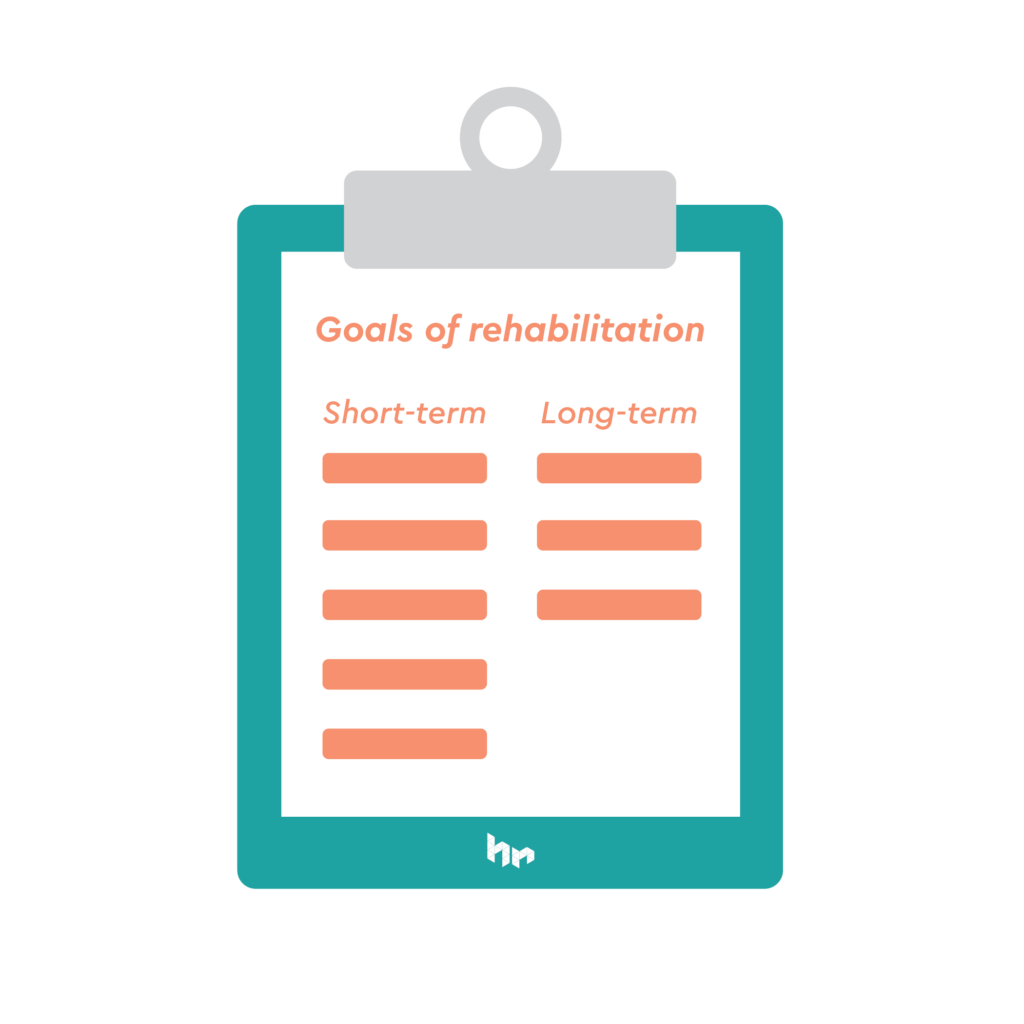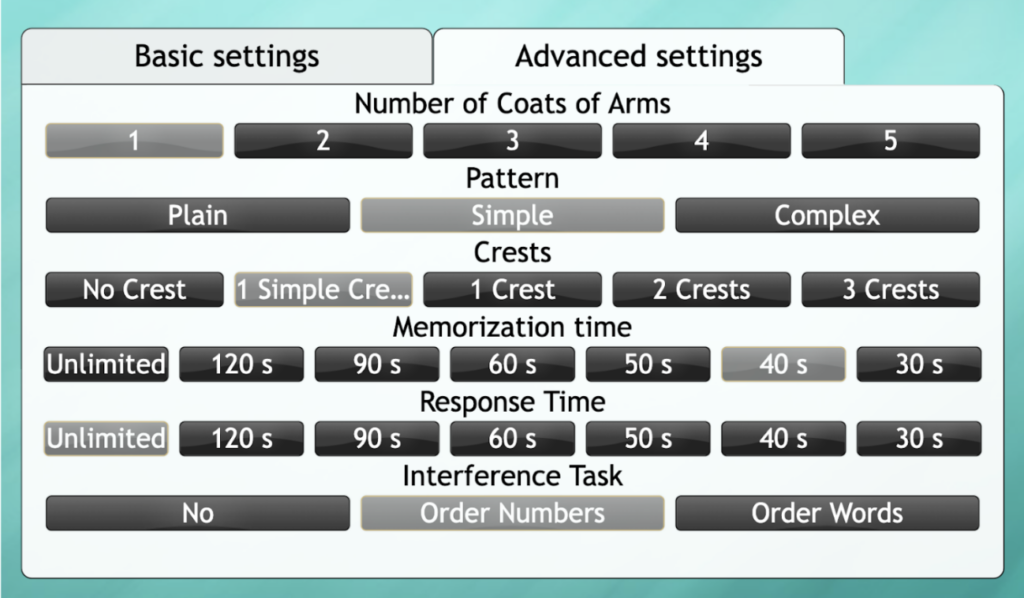How to measure short-term goals in cognitive therapy
In rehabilitation and therapy settings, clinicians typically track progress on a regular basis by setting goals with patients. This is helpful in order to see how the patient is progressing in a quantifiable way. The clinician can then analyze whether the best methods are being used to help the patient through their unique situation.
Setting goals encourages the patient and clinician to continuously evaluate whether the goals are appropriate or could be changed to better reflect the patient’s expected progress. An initial goal may be too easy or difficult to achieve, and then future goals can be created with that in mind. Having appropriate goals helps to keep the patient motivated, which is essential for effective and meaningful rehabilitation.
Goal Setting
Clinicians may have many factors in mind when creating short-term goals. The following template provides an example of how a clinician could write a patient goal.
- Type of task to complete
- Complexity of the task
- Level of assistance needed
- Strategy used
- Measure of success (such as speed or accuracy)

In Practice
For example, a patient struggling with recalling visual information from memory may want to start working on visual attention and visual memory skills. A short-term goal for this criteria would be:
- Remember information that was previously shown to them
- Making sure it is encoded in their memory for longer than 10 seconds
- Using little to no support
- Helping them recall the information memorizing key features
- Increasing the speed and accuracy of completion
When using HappyNeuron Pro, creating short-term goals is simple because the program has customizable levels of difficulty and records measures of success. Here is how you could use Heraldry, an exercise that requires sustained Visual Memory and Attention, to achieve the goal listed above.
- Complete the exercise “Heraldry” during sessions
- Level 4 difficulty
- With minimal assistance from therapist and no use of paper
- Using visualization, or saying the colors of the patterns out loud, therapists recommended support here based on therapeutic plan
- With with a greater than 95% accuracy and under 1 minute.
The complexity of the task can be highly customized as well. Rather than simply “level 4,” you can break down the complexity into highly specific parameters such as “2 coats of arms, complex pattern, 1 simple crest, 40 second memorization time, 30 second response time, no interference task.”

Not every goal needs to include all of the factors outlined in these examples, and it’s okay to write goals in a different style. This is up to the discretion of the clinician and whatever goal method works best for them and their patient. No matter what method is used, goal setting can make rehabilitation more motivating and rewarding for both the clinician and the patient.
Ready to try Heraldry for yourself? Get a free trial here. Explore everything our exercises have to offer today!









